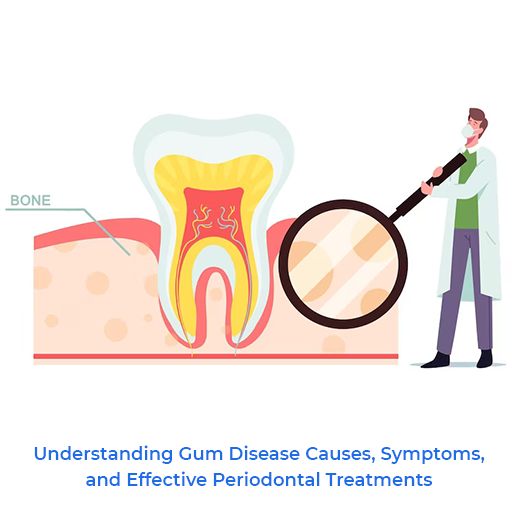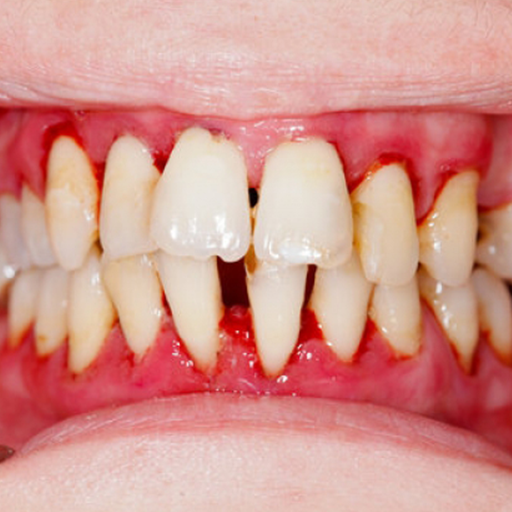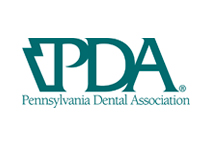
Hey there! If you’ve been wondering about that nagging discomfort in your gums or the red flags your dentist warned you about, you’ve come to the right place. We’ll explore gum disease in simple terms, so you can take charge of your oral health and keep your smile bright and healthy. We’ll delve into its causes, symptoms, and effective treatments, providing you with the knowledge to protect your oral health and prevent complications. So, let’s get started on this journey to understanding gum disease together!
Summary
3. Recognising Gum Disease Symptoms
4. Gum Disease Treatments That Work
1. An Overview of Gum Disease

Periodontal disease, often known as gum disease, is a common oral health problem caused by bacteria in your mouth. These bacteria produce plaque, a sticky coating that attaches to your teeth. Plaque can collect and harden into tartar if proper dental hygiene, such as regular brushing and flossing, is not maintained. Tartar buildup causes inflammation and infection in the tissues that surround your teeth, resulting in gum disease. In layman’s words, it’s like an unexpected guest at your gum party! But don’t worry, we’ll learn more about how to deal with this annoying issue and preserve good oral health.
2. Causes of Gum Disease

Gum disease is primarily caused by plaque accumulation on teeth due to insufficient brushing and flossing. Risk factors include smoking, hormonal changes (such as during pregnancy or menopause), certain drugs, heredity, and health disorders such as diabetes. Plaque hardens into tartar, causing gum pain and infection. Understanding these factors enables people to make required lifestyle adjustments, seek prompt dental care, and prioritize oral hygiene practices in order to avoid and manage gum disease effectively. Regular dental exams and expert cleanings can also help to maintain healthy gums and overall oral health.
3. Recognising Gum Disease Symptoms

Recognizing common gum disease signs is critical for early intervention and rapid treatment. Look for symptoms such as red, swollen, or sore gums. You may have gum disease if your gums bleed readily, especially when brushing or flossing. Concerns should be raised if you have persistent foul breath, receding gums, loose teeth, or changes in your bite. If you detect any of these symptoms, you should see your dentist immediately for a thorough evaluation and proper treatment to avoid further issues and maintain good dental health.
4. Gum Disease Treatments That Work

The good news is that gum disease can be treated, especially if caught early. Professional dental cleanings, which include scaling and root planing, effectively eliminate plaque and tartar accumulation, aiding gum healing and preventing additional damage. Regular dental check-ups are a superhero in the fight against germs. To restore gum health and preserve the basis of your teeth in more severe situations, surgical therapies such as dental flap surgery or bone grafts may be indicated. So, remember that quick intervention is the key to winning this gum struggle and keeping your smile healthy!
5. Preventing Gum Disease

Preventing gum disease is essential for a healthy smile. Here are key preventive measures you can take:
- Brush your teeth at least twice daily using fluoride toothpaste to strengthen your tooth enamel and remove plaque.
- Floss daily to clean between your teeth and along the gum line, where a toothbrush can’t reach.
- Gum disease, also known as periodontal disease, is a prevalent oral health concern that affects a large number of people.
- Maintain a balanced diet, limiting sugary and acidic foods and beverages that can contribute to plaque formation.
- Quit smoking or avoid tobacco products, as they increase the risk of gum disease and hinder healing.
- Schedule regular dental check-ups and professional cleanings to detect and address any signs of gum disease early.
By constantly implementing these preventive steps, you can reduce your risk of gum disease and preserve excellent dental health. Your smile will thank you!
Conclusion:
Understanding gum disease is critical for optimal dental health. By recognizing its causes, such as poor oral hygiene, smoking, hormonal changes, and certain health conditions, we can take preventive measures to minimize the risk. Recognizing the symptoms, such as red, swollen gums, and bleeding while brushing, allows for early intervention and effective treatment. Non-surgical treatments like professional dental cleanings and surgical interventions like flap surgery or bone grafts can help restore gum health in different stages of gum disease. Additionally, adopting preventive measures like regular brushing, flossing, using mouthwash, maintaining a healthy diet, quitting smoking, and scheduling regular dental check-ups are crucial for preventing gum disease. By taking charge of our oral health and following these practices, we can keep our smiles bright, our gums healthy, and enjoy optimal oral well-being. Remember, knowledge and proactive care are the keys to defeating gum disease and maintaining a healthy, happy smile!
We hope you received all of the essential information; if not, please check our blog section or call us at (267) 908-4867.









